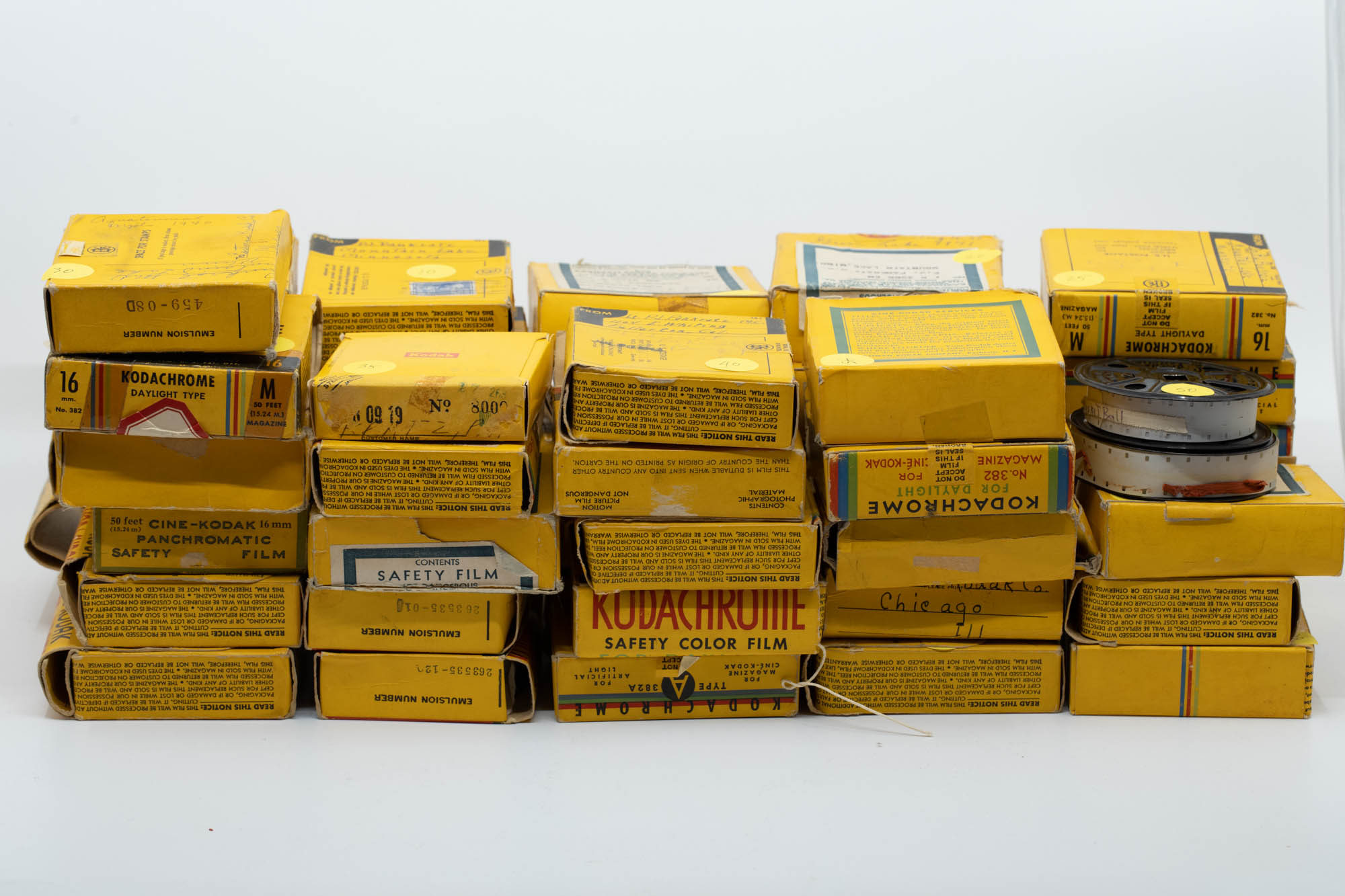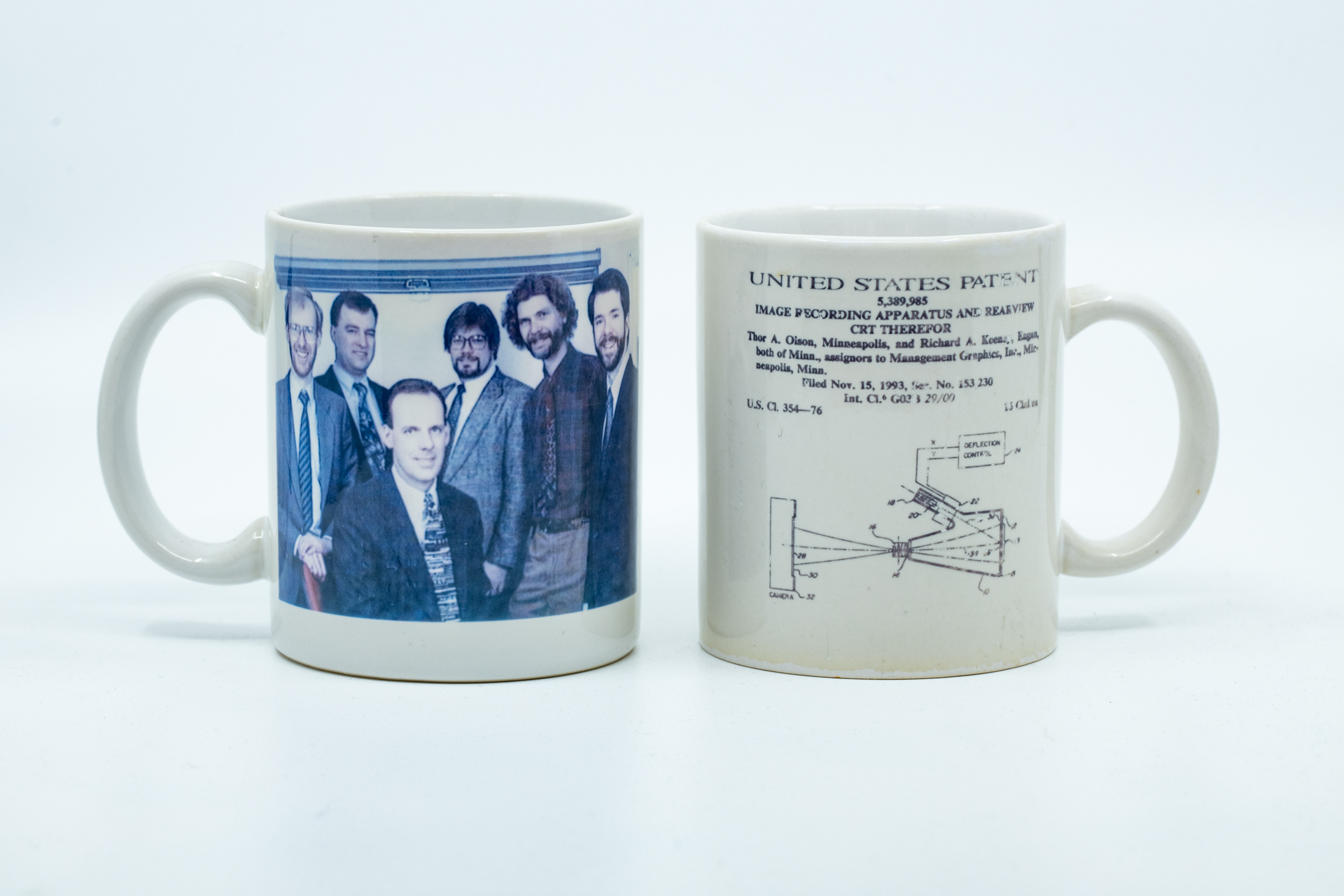
I have written before about the treatment of family photos and other artifacts from previous generations. I recently re-encountered the collection of old 16mm home movies made by each of my grandfathers, which span a time range from the 1930s to the 1960s. I had sort of decided that I didn’t want to invest the time and expense of converting them to modern digital media just to look through them maybe once, wondering who these unknown people are, at events and places that have no particular meaning to me.
Still, I couldn’t bring myself to discard them, ending their life in some landfill. So I made a final effort to find someone who might actually be interested in them, perhaps as props for period theater productions, or as some old-timey footage to place in a modern film project. A google search did not find such uses, other than to mention that there is a market for old movies, without really listing many. But one suggestion was to check with local historical societies, who are sometimes interested in them for research and documentary purposes.
Continue reading
